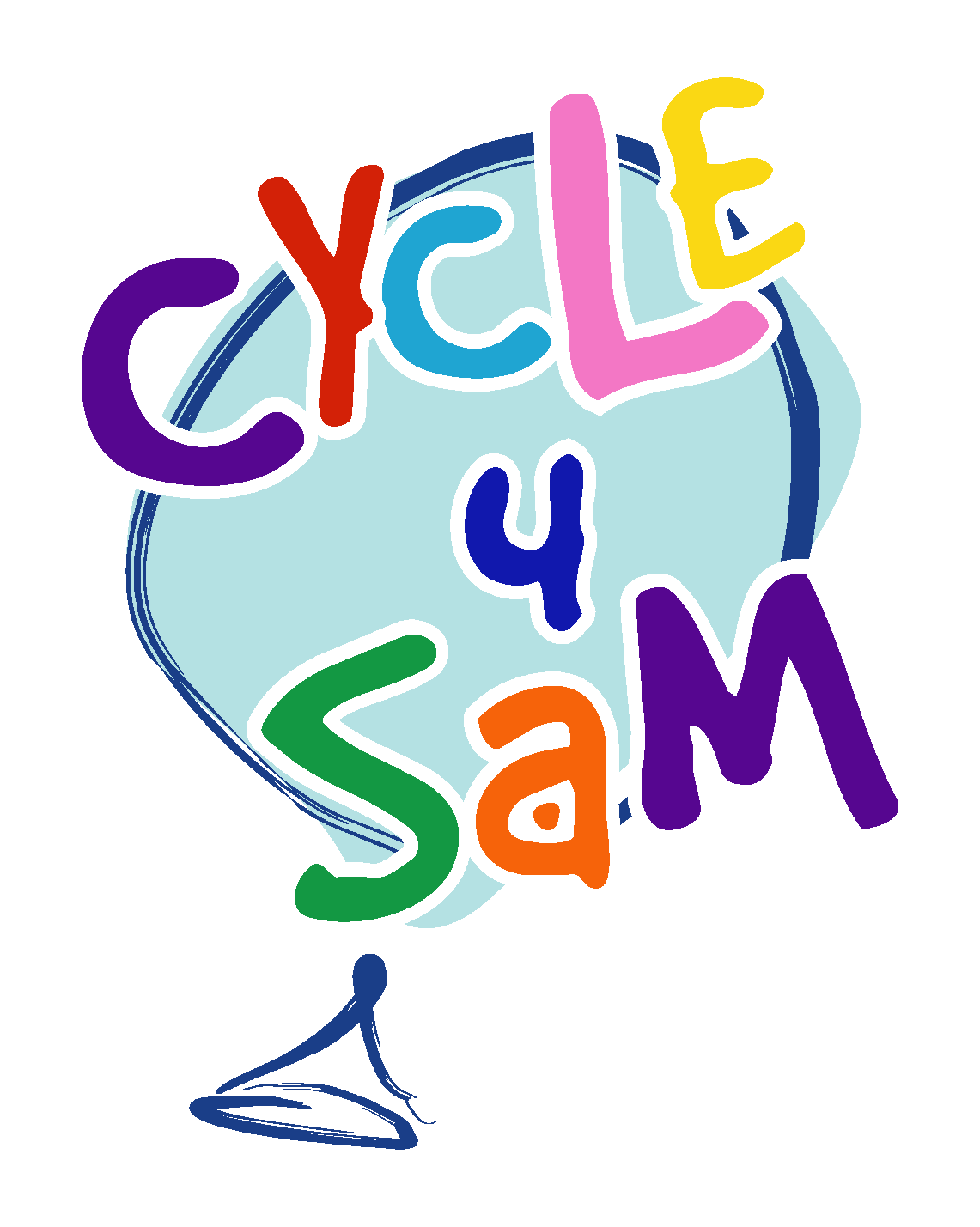Diagnosis
It was wonderful having Sam home. We had adjusted well to his routine of tube feeding. Sam was healthy and happy. We couldn't have asked for more. We were resigned to the fact we had a happy little boy who had some physical development issues and weak muscles. His operations helped to reduce his reflux and aspirating problems, and as such improve his respiratory system.
There was one problem that did continue, however, and that was his cataplexy. Sam would get so excited about some things that he would laugh and then drop to the floor asleep!
One of the neurologists noted this when he was in hospital and requested a skin biopsy when Sam was having his operations. The neurologist Dr Jim Manson had been on an overseas conference years earlier and remembered that cataplexy could be a symptom of a rare genetic disease.
Two weeks had passed coming home from hospital when Dr Phil Egan contacted us to ask if Michelle and I could come back to the hospital for an urgent meeting. Sam had tested positive to "Niemann-Pick Disease Type C" from his skin biopsy. He wanted to discuss this result with us, together with Dr Janice Fletcher, the Chief of Genetic Medicine at the Adelaide Women’s and Children’s Hospital.
We had never heard of this disease before. There was certainly no pre history of the disease in either of our families. We were in mild state of shock, but the worst was yet to come.
On the 9th July 2002 we were told in full detail the extent of Sam's Niemann-Pick Disease Type C (NPC) in the meeting with Dr Egan and Dr Fletcher.
The things I remember from the meeting were that Sam is one of only 11 children in Australia, and the only South Australian to have NPC, that Michelle and I are both genetic carriers of NPC, our other children Lucy and Charlie have 25% chance of having NPC, and that NPC is a neurological degenerative disease of which there is no known cure.
If it couldn't get any worse we were then told that because Sam had presented symptoms of NPC as an infant (reflux and swallowing problems, physical development delays, and cataplexy) he had a rare form of this rare disease and that he most likely would not live to 5 years of age.
Michelle and I were devastated. The rest of the day was a blur. We were so saddened as you could imagine-we couldn't have expected a worse diagnosis.
We were fortunate in some ways though to have a diagnosis. Sam could have had one of a thousand different types of rare genetic diseases which might not have ever been identified. I remember Dr Janice Fletcher saying in the meeting that Dr Jim Manson deserved a "gold star" for identifying the link between between cataplexy and Niemann-Pick disease. We knew now what to expect and could plan in some way for the future.
From that day onwards Michelle and I made a commitment to try to make our time with Sam as positive as possible. We wanted the remaining time we had with Sam to be filled with happy memories and joyous times, not sad. Within a week of Sam's diagnosis Michelle’s sisters organized portrait photos done of Sam and the family, and we started to plan a family holiday to the Gold Coast in Queensland.
Meanwhile we were overwhelmed with support by so many different people. As you can imagine having a sick child who requires continual medical attention, as well as an active 4 year old daughter at kindy, and a 4 month old baby, requires military type organisation!
We were so grateful for the various family and friends who made us dinners and biscuits, washed and ironed our clothes, weeded our garden, supervised Lucy and Charlie when we were both attending to Sam, and helped lay the cement floor in my new shed! This support then, and which continues now, has kept our heads above water and enabled a quality experience with Sam, Lucy, and Charlie which otherwise might not have been the case.



